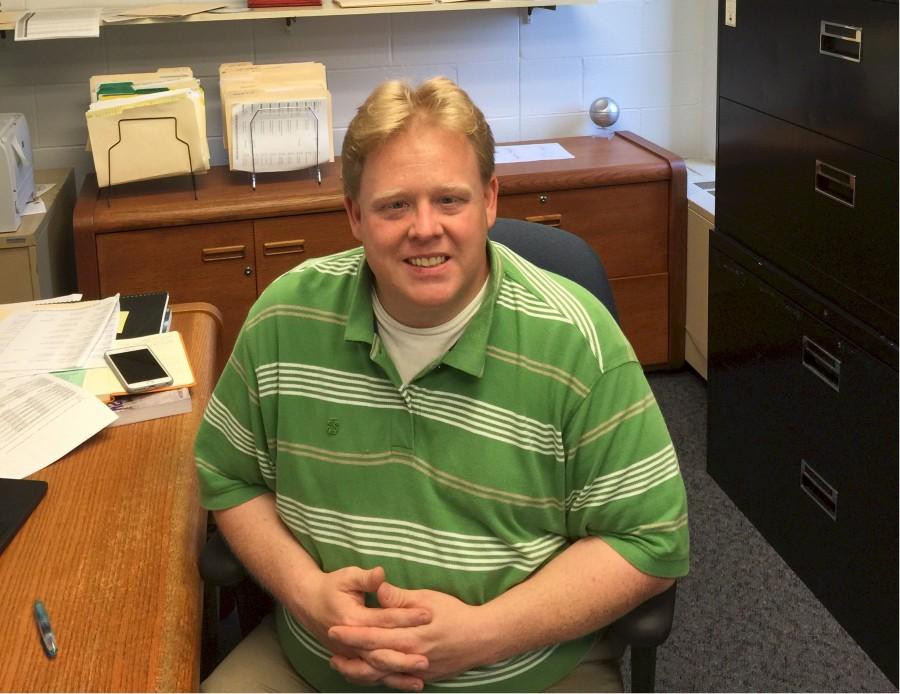Starting this fall, in an effort to provide its student with more choices of majors and to boost enrollment, Bucks has added five new majors.
Before this new addition, Bucks already offered close to 80 academic majors. Despite this wide array of choices, there was not a specific program that students who have a strong interest in history, exercise science and photography could follow.
Those students, now, know exactly the courses they would need to take in order to acquire an associate degree. For those students who do not want to pursue an associate degree but still want to have a meaningful career, they could elect to major in early childhood education and medical assistant.
Once these students fulfill all the requirements of these two majors, they receive a certificate.
Institutional Research, the research arm of the college, has provided data on two of the newly offered majors. They showed that there has been an increasing number of students who has chosen History as their major. In the fall of 2014, the number was 4; in spring 2015, it was 13; this semester, the number stands at 33.
For photography, there has been a consistent number of students who have declared it as their major. It was 32 for both fall 2014 and spring 2015. The number is 28 for this fall semester.
Before the announcement of those five new majors, the process that led to their adoption was meticulous. The process, which generally last about a year, started at the departmental level. This is where a proposed major always originates.
The next step is the most critical in the process. The Committee on Curricular Revision and Review (CCRR), which is made up of both faculty and administration members, analyzes the merits of the request.
In evaluating that request, the CCRR uses a rigorous methodology in its analysis. First the CCRR consults two important sources: the Bureau of Labor Statistics and economic model software in order to gauge the employability of a holder of the proposed major.
Moreover, the CCRR also examines a range of data that Institutional Research collects. Those data include the following: number of majors; graduation rate; exit interview.
During its evaluation of the proposed major, the exit interview could be of great interest since students usually convey a field of study that they want to go into but Bucks has not yet offered.
Equally important, the CCRR analyzes data which show what kinds of majors are popular among students who attend four-year universities in the state.
After its thorough review, the CCRR sent it to the Advisory Council, which has also both faculty and administration members for further review. The council could take two decisions. The council could engage in a back and forth with the CCRR if its member have questions about the findings; or if the council does not have any questions or is satisfied by the findings, the proposal will be submitted to the president for final approval.
In an extensive interview, Jason Totten, Dean of the Social and Behavioral Studies Department, summed up the undertaking thusly: “this is a long and involved process [whereby] every aspect of the [proposed] major would be examined carefully.”


